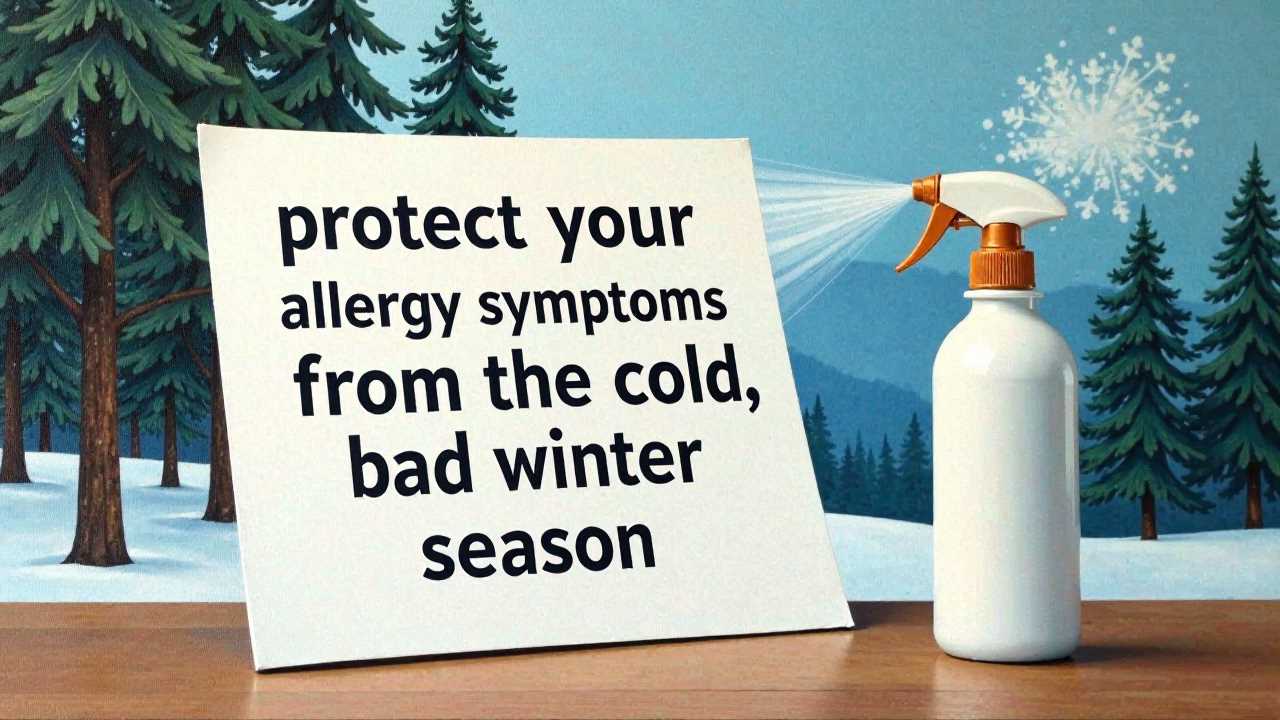
Spring is a beautiful season, but for many, it also marks the onset of allergy symptoms triggered by pollen. Effective spring allergy management is essential for enjoying the outdoors without discomfort. This guide will provide you with the necessary tools to tackle your allergies head-on, focusing on antihistamines, nasal sprays, avoidance strategies, immunotherapy, air purifiers, and understanding pollen.
Understanding Pollen and Its Impact
Pollen is a fine powder produced by trees, grasses, and weeds, and it is a primary trigger for seasonal allergies. During spring, tree pollen is particularly prevalent, followed by grass pollen later in the season. Understanding the types of pollen and their peak times can help you prepare and manage your symptoms effectively.
Antihistamines: Your First Line of Defense
Antihistamines are medications that block the action of histamine, a substance in the body that causes allergic symptoms. They are available over-the-counter and can significantly reduce sneezing, itching, and runny noses. Popular options include cetirizine, loratadine, and diphenhydramine. It’s important to choose the right antihistamine based on your specific symptoms and consult with a healthcare professional if necessary.
Nasal Sprays for Targeted Relief
Nasal sprays are another effective option for managing spring allergies. They work directly in the nasal passages to reduce inflammation and relieve congestion. Steroid nasal sprays, such as fluticasone and mometasone, are particularly effective for long-term management. Saline nasal sprays can also help rinse away allergens and keep nasal passages moist.
Effective Avoidance Strategies
While medications can provide relief, avoidance strategies are crucial for minimizing exposure to allergens. Here are some effective tactics:
- Stay indoors on high pollen days, typically in the morning when pollen counts are highest.
- Keep windows closed and use air conditioning to filter out pollen.
- Shower and change clothes after spending time outdoors to remove pollen from your skin and hair.
- Wear sunglasses and a hat to protect your eyes and face from pollen.
Immunotherapy: A Long-Term Solution
For individuals with severe allergies, immunotherapy may be a viable long-term solution. This treatment involves gradually exposing the body to allergens through injections or sublingual tablets, helping to build tolerance over time. Consult with an allergist to determine if immunotherapy is appropriate for your situation.
The Role of Air Purifiers
Air purifiers can significantly improve indoor air quality by filtering out pollen and other allergens. Look for HEPA filters, which are designed to capture small particles, including pollen. Using an air purifier in your bedroom or living area can help create a more comfortable environment during allergy season.
In conclusion, mastering spring allergy management involves a combination of understanding pollen, utilizing antihistamines and nasal sprays, implementing effective avoidance strategies, considering immunotherapy, and using air purifiers. By taking proactive steps, you can enjoy the beauty of spring without the burden of allergies.
 Family Craft ProjectsHome ImprovementCooking and BakingReuse and RecycleDIY GiftsEco-Friendly ProjectsDIY Home SolutionsSeasonal ActivitiesFun and GamesLearn TogetherPrivacy PolicyTerms And Conditions
Family Craft ProjectsHome ImprovementCooking and BakingReuse and RecycleDIY GiftsEco-Friendly ProjectsDIY Home SolutionsSeasonal ActivitiesFun and GamesLearn TogetherPrivacy PolicyTerms And Conditions
